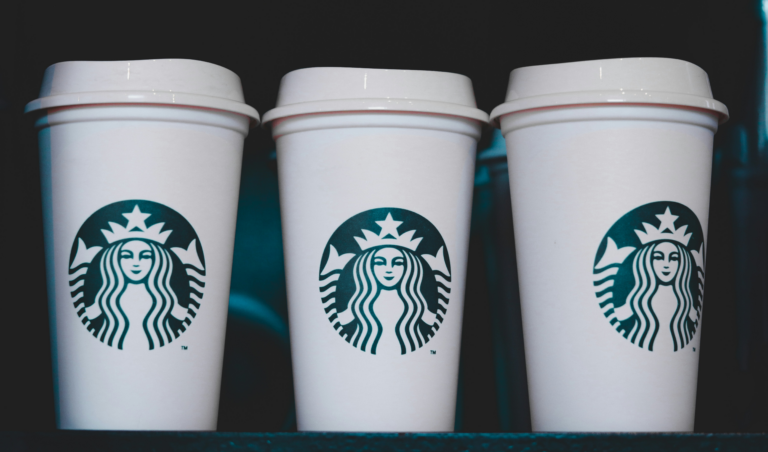China has never been a country with a strong market of drinking coffee. The annual consumption of coffee per capita is as little as 4 cups in China, while the United States is the world’s largest coffee market in terms of total consumption with 441 cups yearly, valuing US$30 billion yearly.
However, China’s coffee market has grown with an annual rate of 10% to 15%. In 2006, coffee consumption in China was roughly 45,000 tons. It is predicted that this figure could reach 300,000 tons annually by 2020.
The growth of the market of coffee in China
According to China market research, the number of coffee shops in China has doubled from 15,898 to 31,283 from 2007 to 2012, demonstrating a rapidly increasing coffee consumption level in China. And many Chinese coffee consumers place greater value on the coffee shop experience and environment, rather than on the quality of the coffee itself.
In 2010, Starbucks ruled Chinese coffee sales with a 66 percent market share in the coffee retail sector. While Starbucks maintains the standard for coffee sellers in China, new forces in the coffee retail space have recently emerged in the form of coffee chains and numerous independent coffee shops.
The new trend of coffee shop in China
British coffee chain Costa Coffee entered China in 2006 and currently has over 250 stores in China with the goal of a total of 500 stores by 2016 – accounting for 8.9 percent of the coffee retail market.
Further, Taiwanese bakery/coffee shop chain 85 Degrees has penetrated the market with a total of 350 stores throughout China and plans to add another 100 stores by 2017. 85 Degrees stores offer not just coffee-based beverages at lower prices than the typical coffee shop, but also freshly baked breads and pastries – something Chinese consumers commonly pair with their coffee.
This success of coffee shop in China can be attributed to their recognition of the Chinese as unique consumers with different tastes and habits than those of American or European consumers. These coffee pioneers recognized that Chinese consumers did not like the bitter taste associated with black coffee or espresso, and have tailored their beverages accordingly. For example, Nestlé’s Nescoffee shop packets include sugar and powdered milk, and Starbucks emphasizes milk-based drinks like frappucinos, lattes and mochas in their China practice.
Strategy of coffee chain in China
Starbucks localized their outlets by emphasizing large seating areas since Chinese may be not willing to take their drinks away with them. Local Chinese customers now value the “Starbucks experience” – i.e. preferring to sit with friends and have something to eat with their coffee. Starbucks’ Chinese menus also reflect local flavor, with choices like green tea tiramisu and Chinese moon cakes available at their stores.
Given the average Chinese consumer’s lack of experience with coffee and limited knowledge on varying coffee quality, coffee shops in China often use this method to increase their appeal. That being said, some coffee shops, especially in China’s first tier cities such as Shanghai and Beijing, have started to recognize that a certain market of Chinese consumers are beginning to demand higher quality coffee. These coffee shops have even begun to offer more specialty coffees of a higher quality – paying close attention to the beans’ specific place of origin, roasting the beans locally on premises, and offering a variety of brewing methods. These specialty coffee retailers not only provide a product of the highest quality, but can also offer an educational consumer experience. For example, Shanghai-based Seesaw Coffee shop has an impressive on-site facility known as the “coffee academy” which functions as a comprehensive barista training program that also hosts classes open to the public.
See also : coffee market China






